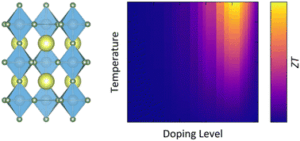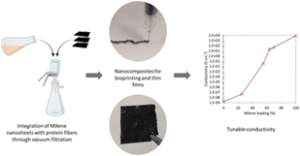Contribute to a new themed collection in Materials Advances
We are pleased to announce an open call for papers for a new themed collection on Solution-processed Perovskites and 2D Materials for Energy, Optoelectronics, and Computation Devices to be published in Materials Advances.
Guest Edited by Prof Anupama B. Kaul (University of North Texas), Prof Jayan Thomas (University of Central Florida) and Dr Qinglong Jiang (University of Arkansas).
This themed collection aims to bring together the latest advances made in our understanding of the structure, theory, properties, synthesis and device applications emerging from (but not limited to) solution-processed perovskites, and 2D inorganic van der Waals solids.
We invite a broad range of submissions, including original research articles, reviews, and perspectives. Topics may include, but are not limited to the following:
- Solution-processed perovskites for solar cells, optoelectronics, photoabsorbers and light emitters for LEDs, lasers and quantum devices
- Solution-processed inorganic 2D materials and their hybrids for functional photo-active, energy, and sensing devices
- Perovskites for neuromorphic synapses towards brain-like computation
Submit before 31 December 2025
If you are interested in contributing to this collection, please get in touch with the Editorial Office.
Publishing open access with RSC journals unlocks the full potential of your research – bringing increased visibility, wider readership and higher citation potential to your work. As a not-for-profit organisation serving the chemical sciences community, we ensure that our article processing charge (APC) remains the most competitive of major publishers. More details can be found here and the standard APC for Materials Advances is £2,100 (+local taxes if applicable). There is a 15% RSC member and RSC open access agreement discount available (applicable to full price only). You can also use our journal finder tool to check if your institution currently has an agreement with the RSC that may entitle you to a discount of the APC.
Additional submission information
Please add a “note to the editor” in the submission form when you submit your manuscript to say that this is a submission for the themed collection. Solution-processed Perovskites & 2D Materials.
The Editorial Office and Guest Editors reserve the right to check suitability of submissions in relation to the scope of the collection and inclusion of accepted articles in the collection is not guaranteed. All manuscripts will be subject to the journal’s usual peer review process. Accepted manuscripts will be added to the online collection as soon as they are online, and they will be published in a regular issue of Materials Advances.





































